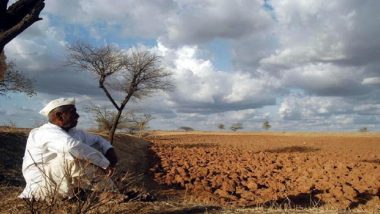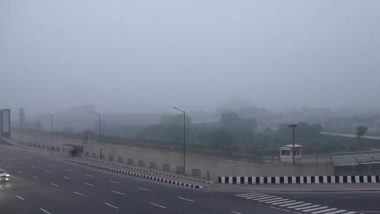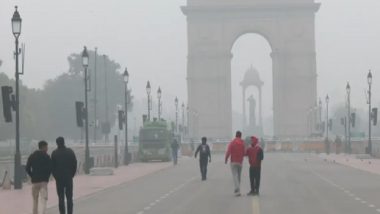New Delhi, April 16: In a year marked by elections, the 'normal monsoon' forecast by the Indian Meteorological Department brings relief to the government. Facing farmers' wrath in various parts of the nation, the government could hope for placating their concerns in the backdrop of sufficient rainfall.
Monsoon accounts for 70 per cent of annual rainfall in India. In a nation where more than 50 per cent of the farmlands are not covered through irrigation, the seasonal rains between June to September serve as the only major source of water for the crops.
A normal monsoon - unlike the excess rainfall which damages the crops - is likely to ensure bumper yield of wheat, rice, sugarcane and soybean - the four farm produce which fall in the category of maximum consumption.
With the government in its Budget document for 2018-19 announcing 150 percent of the cost as minimum support price (MSP), the farmers can pin hope in a significant increase in income during the Kharif harvest.
How the intensity of Monsoon is predicted?
The upcoming monsoon season is either categorised as normal, deficient or excess. If the rainfall is predicted to be 96-104 per cent of the 50-year average - which is 89 cm- then the monsoon is classified as 'normal'.
A deficient monsoon is referred to one where the rainfall is predicted to be below 90 per cent of the 50-year average. In the case the rainfall is expected to exceed 110 per cent of the average, it is categorised as 'excess', which could result into rampant floods in low-lying regions across the nation.
The IMD has predicted 97 per cent rainfall this year between June to September.
Why monsoon is linked to elections?
A deficient monsoon could lead to further anguish among the farmers of drought-prone region, who have already petitioned the Centre and state governments seeking waiver of agricultural loans.
Farmers in Maharashtra, Madhya Pradesh, Tamil Nadu, Karnataka, Gujarat, Rajasthan and parts of Uttar Pradesh have been protesting against the government seeking "complete" loan-waiver, along with a waiver of pending electricity bills. A total of 39 agrarian outfits have marched in Delhi last December demanding the implementation of the Swaminathan Commission report, which recommends a 150 per cent increase in the MSP.
Apart from directly benefiting the farmers, a good monsoon will rejuvenate the rural economy. With the disposable income of farmers increasing, the consumption of FMCG goods, automobiles, fertilisers and pesticides is bound to increase.
A normal monsoon would also keep inflation under control, thereby checkmating the urban electorate. Since food products account for 50 per cent of the consumer price index (CPI) inflation, a abumper produce on account of a sufficient rainfall would ensure the food prices remain under control.
The states going to polls later this year are Madhya Pradesh, Chhattisgarh and Rajasthan. A normal monsoon not only holds key to the prospects of the incumbent BJP-ruled governments in the three states, but also sets the stage for the Narendra Modi government at Centre which seeks re-election next year.
(The above story first appeared on LatestLY on Apr 16, 2018 10:18 PM IST. For more news and updates on politics, world, sports, entertainment and lifestyle, log on to our website latestly.com).













 Quickly
Quickly




















